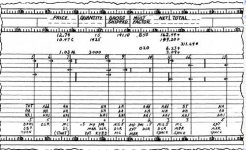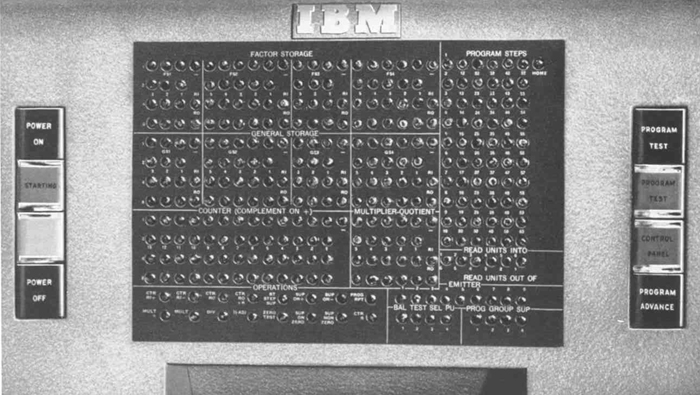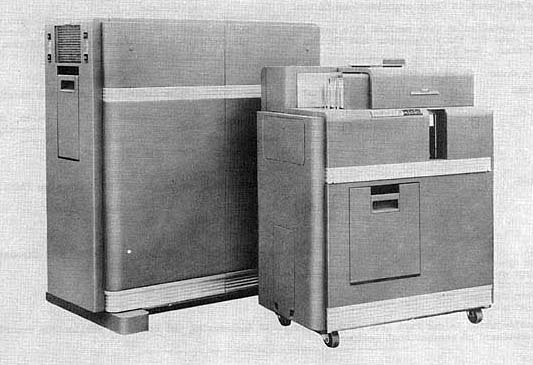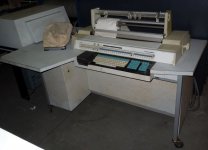Perhaps not electronic computers, but I will ask anyway.
Long ago I bought three Burroughs F6100 and F6700 accounting machines, I have just started to have a go at repairing them.
These are large, complex machines, with a programmable plate to determine what and how it works.
The snag is I have no instructions for use, and whilst it isn't that hard to work it out knowing exactly how and what it does would be very useful.
Does anyone have, or know of, instructions and servicing information for these, and other Burroughs adding and accounting machines. I have piles of servicing and operating information for NCR (National Cash Registers) machines but they are rare in the UK, Burroughs are far more common.
These are mechanical, not the B series electronic computers which seem to come up in all the searches.
Long ago I bought three Burroughs F6100 and F6700 accounting machines, I have just started to have a go at repairing them.
These are large, complex machines, with a programmable plate to determine what and how it works.
The snag is I have no instructions for use, and whilst it isn't that hard to work it out knowing exactly how and what it does would be very useful.
Does anyone have, or know of, instructions and servicing information for these, and other Burroughs adding and accounting machines. I have piles of servicing and operating information for NCR (National Cash Registers) machines but they are rare in the UK, Burroughs are far more common.
These are mechanical, not the B series electronic computers which seem to come up in all the searches.








